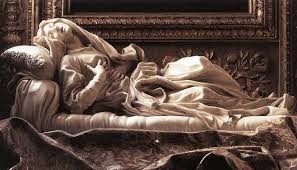Unesco fact sheet The late Baroque cities of the Val di Noto
After seven years from the request, in June 2002, in Budapest, during the works of the 26th session of the International Scientific Committee, the UNESCO recognition of the area of the Val di Noto of World Heritage List (World Heritage List). The municipalities of Val Di Noto included in the list are 8: Noto, Palazzolo Acreide, Scicli, Modica, Ragusa, Militello Val Di Catania, Caltagirone, Catania. The site as a whole has been called: "The late Baroque cities of the Val di Noto (south-eastern Sicily)"
Description of the Unesco site
"The eight cities of south-east Sicily: Caltagirone, Militello in Val di Catania, Catania, Modica, Noto, Palazzolo, Ragusa and Scicli they were rebuilt after 1693, in the same place or near the cities existing at the time of the earthquake of that year. They they represent a considerable collective enterprise, successfully brought to a high level of architecture and artistic achievement. Kept within the late Baroque, they also describe particular innovations in urban planning and city construction ".
The criteria adopted byUnesco for the registration of the Val di Noto in the World Heritage Site:
(criterion i) “This group of cities in southeastern Sicily provides a remarkable testimony to the exuberant genius of late Baroque art and architecture.
(criterion ii) The cities of the Val di Noto represent the apex and final flowering of Baroque art in Europe.
(criterion iv) The exceptional quality of the art and architecture of the late Baroque of the Val di Noto place it in a geographical and chronological homogeneity, just as its richness is the result of the earthquake in this area of 1693.
(criterion v) The eight cities in the south-east of Sicily that have submitted this request are an example of urban accommodation in this area permanently at risk of earthquakes and eruptions by Etna ".
The aforementioned criteria correspond to 4 of the 6 criteria identified by UNESCO so that a site can be considered of "Exceptional universal value" :
(i) represent a masterpiece of the creative genius of man
(ii) to have exerted a considerable influence in a given period or in a given cultural area, on the development of architecture, monumental arts, urban planning or the creation of landscapes
(iv) offer a prominent example of a type of building or architectural complex or landscape that illustrates a significant period in human history
(v) constitute an eminent example of human settlement or occupation of the traditional territory, representative of a cultural (or cultures) especially when it becomes vulnerable due to irreversible mutations
If we think that each site can be elected as a cultural heritage of humanity on the basis of even one criterion, the total number of criteria adopted (4 out of 6) gives a measure of the real meaning of this recognition.
© Helios Study Center



